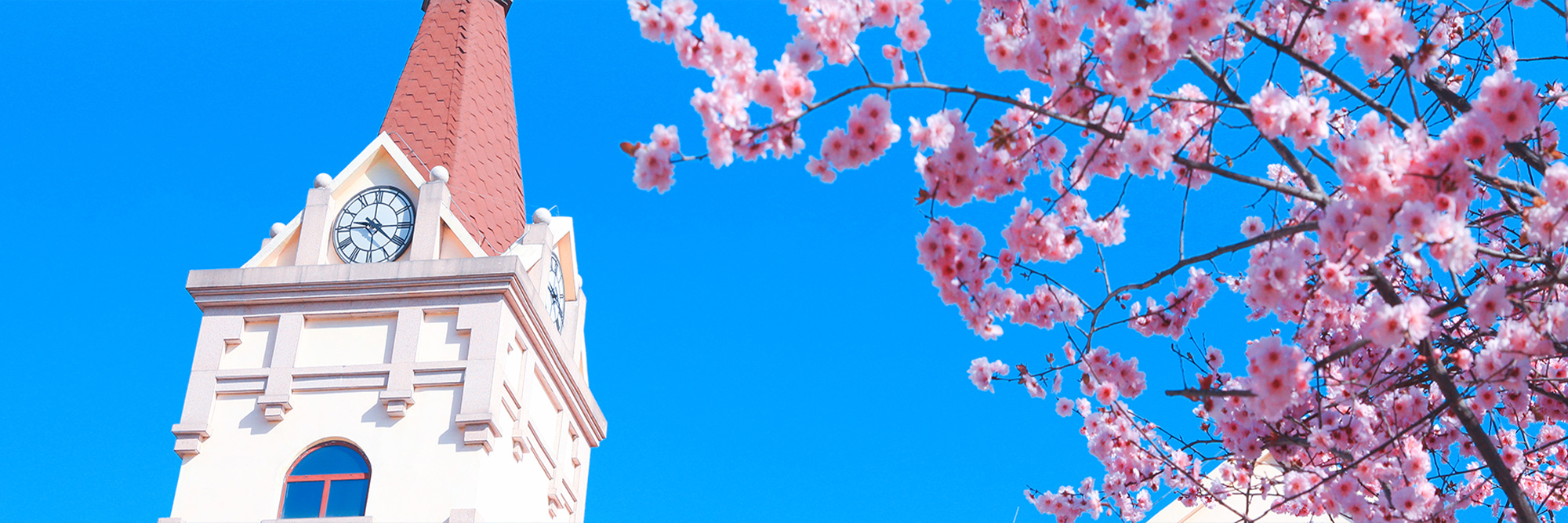(Length of Schooling: 4 years;
Study Duration:3-6 years;
Educational Level: Undergraduate;
Granted Degree: Bachelor of Engineering)
Overview:
Remote sensing science and technology is an emerging inter-discipline developed on the basis of cross penetration and integration of related disciplines of mapping science, space science, information science, computer science, geography science, earth science, electronic science, etc,. It uses non-contact sensors to obtain the spatio-temporal information about the target, aiming at solving the traditional geometric positioning of targets, more importantly extracting the geometric and physical feature information of various objects in the objective world by semantic and non-semantic interpretation of the image and non-image information obtained by outer space sensors. Applications of remote sensing science and technology have been widely introduced into economic construction, social development, national security and people's life.
The teaching and scientific research team of Remote Sensing Science and Technology is led by academician (specially appointed) of the Chinese Academy of Sciences. It has platforms such as Shandong Collaborative Innovation Center for Smart City and Shandong Engineering and Technology Center for Digital City, teaching laboratories such as photogrammetry & remote sensing and quantitative remote sensing, experimental center for urban three-dimensional big data processing, as well as teaching and scientific research equipments including big data processing clusters, UAVs, three-dimensional laser scanners, spectrometer etc,. The school of the major has a first-level discipline of Surveying and Mapping Science and Technology for master’s degree granting (Photogrammetry and Remote Sensing is included) and a professional master's degree program in resources and environment (Surveying and Mapping, Remote Sensing and GIS). The school has established extensive academic exchanges with more than 10 universities at home and abroad, providing good conditions for graduates of this major to continue their studies.
Cultivation Goal:
We aim at cultivating outstanding senior professionals, who are competent in engaging in research of this discipline and its cross disciplines in various fields of urban planning, agriculture, forestry, water conservancy, electric power, transportation, military, geology, mapping, environment, ocean, and so on; in constructing and developing of remote sensing application systems,as well as constructing and applying of spatial information system and management information system. Our graduates are expected to have basic theories, basic knowledge and basic skills of remote sensing and information engineering, to have basic technologies and methods of satellite remote sensing platform, sensor technology, information acquisition, remote sensing data processing, multi-sensor data matching and fusion, automatic image interpretation technology, remote sensing environmental monitoring, etc., as well as to understand the development and frontiers of the discipline.
Core Curricula:
Advanced mathematics, data structure, computer programming language, spatial database, cartography, object-oriented programming, digital mapping principle, GNSS principle and application, photogrammetry, remote sensing principle and application, remote sensing image processing, aerospace data acquisition, digital photogrammetry, remote sensing image interpretation, quantitative remote sensing, microwave remote sensing, urban remote sensing, thermal infrared remote sensing, geographic information system, spatial database Pattern recognition, etc.
Student Cultivation:
The major has been recruiting students since 2020, and the students' cultivation can refer to relevant majors such as surveying and mapping engineering and geographic information science. The school actively organizes students to participate in such large-scale competitions as the Challenge Cup, SuperMap Cup, National Innovation and Entrepreneurship Project and Shandong Provincial Science and Technology Innovation Competition and various scientific research projects at all levels. In recent three years, our students have won more than 50 provincial and above awards. In the past three years, graduates of relevant majors mainly have gone to public institutions, central enterprises and other industrial companies, with an average employment rate of more than 85%; among which more than 27% have been admitted to further their postgraduate studies in some double first-class universities.

